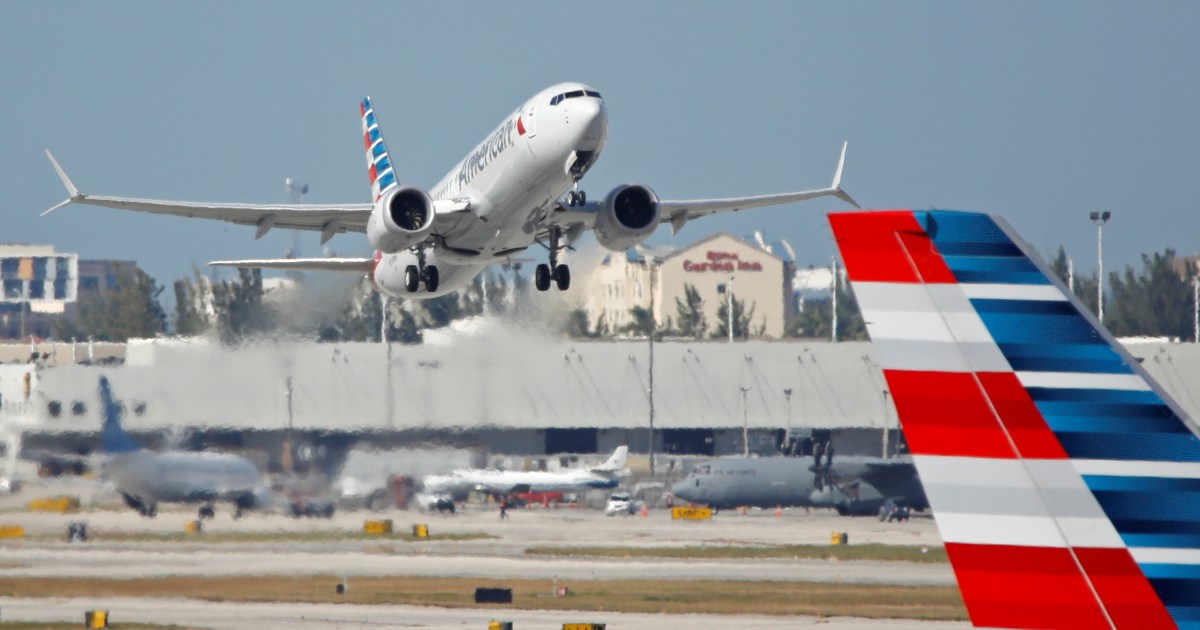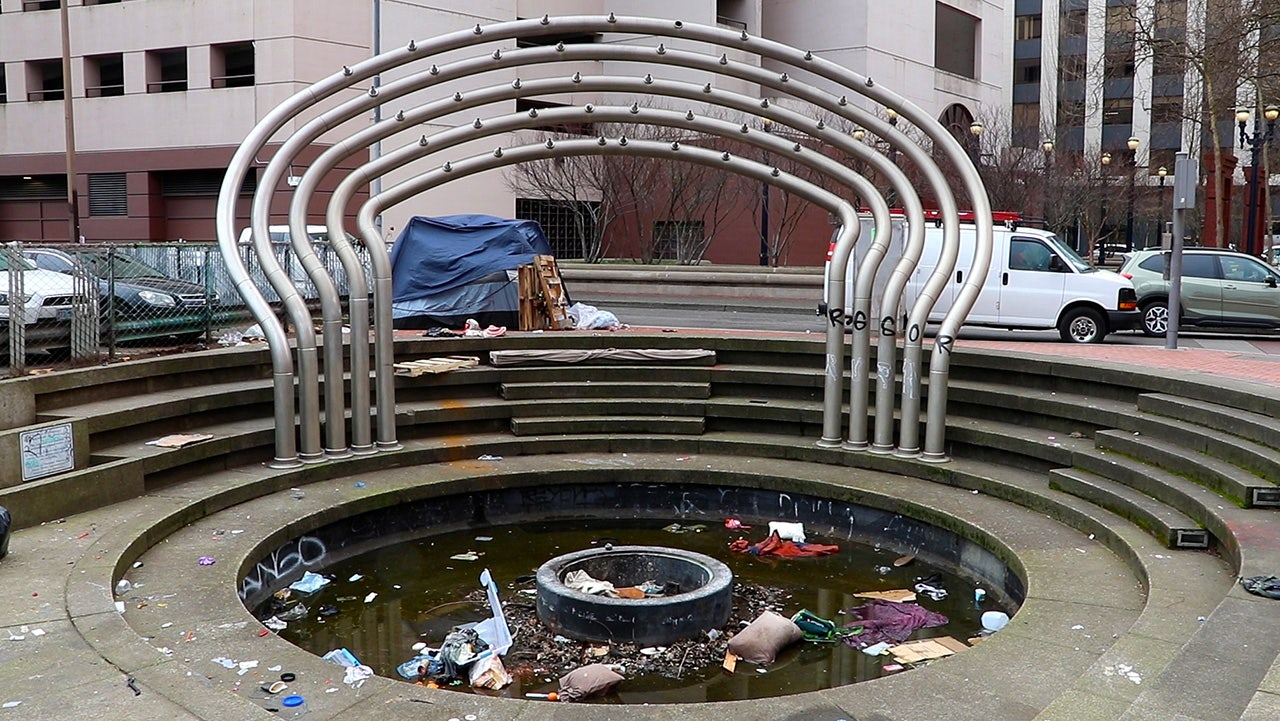Pat Baskett: We Must Do Whatever We Can, as Fast as Possible
Sustainable Future
Pat Baskett laments the number of opportunities we’ve missed to improve public transport in New Zealand, arguing a lack of action on reducing CO2 from car and truck exhausts is unthinkable
Comment: I do not understand why Auckland Transport is said to be running out of money to maintain existing services when the city is planning an underground light rail system that could cost $30 billion. Why do we not fix and improve what we already have?
Why does Auckland Council even need to talk about Mayor Phil Goff’s Climate Action Targeted Rate which would bring, amongst other benefits, 79 new or improved bus services and 66 new electric buses? Why does the proposed Eastern Busway remain “uncertain” although its proponents confidently predict a saving of 20 minutes between Botany and Britomart?
We’ve been stuffing around in Auckland for years, failing to agree on a plethora of excellent plans. Possibly the most egregious of these was the council’s rejection in the 1960s of Mayor Sir Dove-Meyer Robinson’s underground rail system.
Mobility is crucial to our present way of life. Only during Covid lockdowns have we spent weeks at home and gone nowhere. Back-to-normal traffic congestion is not only nerve-wracking, it makes planning travel times difficult – one of the features bus travel gets blamed for – and the streets dangerous for cyclists and walkers.
Now, added to the need to get commuters out of their cars is the real fear that petrol and diesel prices will go sky high. What better incentive could we have to reduce the country’s transport emissions, as well as making the streets safer?
But the Government has missed this opportunity. The reduction in the price of public transport tickets by half is a half-pie gesture – and lasting only until the end of June. Many more people would leave their cars at home if public transport were free, especially as fuel prices continue to rise and if the Regional Fuel Tax remains in place. How far would the income from that tax go towards the cost of keeping public transport running?
Steeply increased fuel costs would force people to reinvent their transport habits. Ride sharing and car pooling would become meaningful activities. A flexible system of Uber-type mini-buses could be licensed to operate in suburban streets to ferry people to transport hubs. Free buses and trains would maintain mobility options for poorer people.
How could there not be less city traffic and therefore reduced emissions?
But there is another issue. This focus on the problem of cars in cities blinds us to the fact we’re actually stuck with cars for mobility – be they electric or fossil-fuelled, in rural areas as well as cities. How else can one get out of the city? Weekend summer traffic is notorious as people head for recreational destinations.
Without a vastly wider public system, not owning a car will become an increasingly serious equity issue, one that limits access and people’s freedom to make decisions about travel.
For example, Auckland’s Long Bay receives more than a million visitors over summer and carparks are always full. The buses that arrive bring organised parties, often from workplaces. To come on public transport from somewhere south would require a minimum of two changes – not an easy option if you are a family with children on a picnic at the beach.
The recently opened Transmission Gully expressway in Wellington was designed to get cars in and out of the city more quickly. When Auckland’s so-called ‘Holiday Highway’ is finished it will extend the northern motorway to just north of Warkworth, facilitating heavy traffic to Whangārei as well as holidaymakers bound for popular east coast beaches such as Tāwharanui Regional Park.
The only possible advantage these projects have is their ultimate facilitation as venues for some form of public transport, be it electric buses or rail. Their more immediate deleterious effect has been to shelve thinking about the post-car world and alternative means of travelling inter-city.
Travelling between Auckland and Wellington by train was possible but only three days a week – until the Covid lockdown made it unsustainable and the trains were stopped in March 2020. Now they’re to restart on September 25. Locating the Auckland station in The Strand was never easy and the trip will still take 12 hours, exactly the same time when the first train ran in 1908.
Meanwhile the Te Huia Auckland-Hamilton rail service struggles on. ‘Service’ seems the appropriate word since it fails to pay for itself. Given its limited timetable this is no wonder.
Any serious attempt to upgrade our railways would have to grapple with the huge problem of its narrow gauge where speed must be limited, especially on some sections of the main trunk.
Much was made, in the commentary when I did the trip to Wellington for the 2008 centenary, of the Raurimu spiral where the land rises sharply after the National Park. Laying the track in a spiral formation and running it through tunnels allowed trains to gain the necessary altitude. What was admirable for its time may be no longer fit for purpose.
Auckland’s underground light rail project has been criticised as being “heavy on concrete”. That would be only one of the multiple problems in constructing an electrified rail system between our towns and cities. But unlike the Auckland situation, extended passenger rail would in the long run be worth it because the choices are few when it comes to long distance.
I recently explored the non-flying options of travelling to Wellington to support a friend recovering from serious surgery. Intercity fossil-fuelled buses take the same time as the mostly electrified railcars did but I would be stuck to my seat for 12 hours. And buses don’t have toilets. Passengers are expected to last the approximately three hours between stops where toilets are available. For the very young, or very old (like me) that must make the trip at times uncomfortable.
I could do it overnight in a bus with on-board toilets. It would cost $60.25, leaving from the Albany station near me at 5.15pm and arriving in Wellington for early breakfast at 6.30am the next day.
But I’ve decided to compromise my no-flying principles by flying one way and hitching a lift back in another friend’s car. I played the offset game by ticking the box when I booked. But how serious is an extra $1.50?
We hang our heads in fear (well, some of us do) about the effects of methane emissions from animals and natural gas, and the difficulties of reductions. But the possibility of reducing CO2 from car and truck exhausts appears, for the near future, equally grim.
Yet, it’s the near future that we must be most concerned about, according to the most recent IPCC report. Emissions must peak by 2025 if we’re not to face a global average temperature rise of 3 degrees by the end of the century. That is unthinkable.
We have to do whatever we can, as soon as possible.






